PPT-Getting Started Discuss at your table.
Author : stefany-barnette | Published Date : 2018-09-16
How long have you been in ABE What is your role Where do you work How do you work with ABE accountability andor policy What questions do you have about ABE accountability
Presentation Embed Code
Download Presentation
Download Presentation The PPT/PDF document "Getting Started Discuss at your table." is the property of its rightful owner. Permission is granted to download and print the materials on this website for personal, non-commercial use only, and to display it on your personal computer provided you do not modify the materials and that you retain all copyright notices contained in the materials. By downloading content from our website, you accept the terms of this agreement.
Getting Started Discuss at your table.: Transcript
Download Rules Of Document
"Getting Started Discuss at your table."The content belongs to its owner. You may download and print it for personal use, without modification, and keep all copyright notices. By downloading, you agree to these terms.
Related Documents

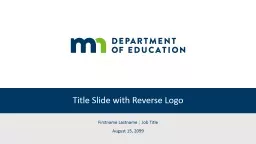

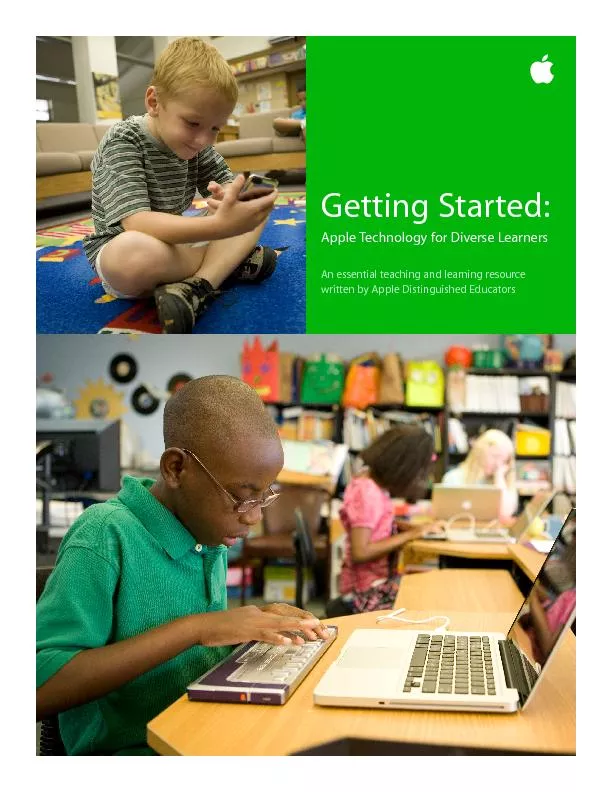
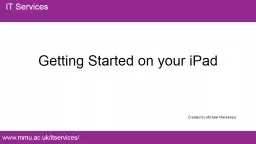
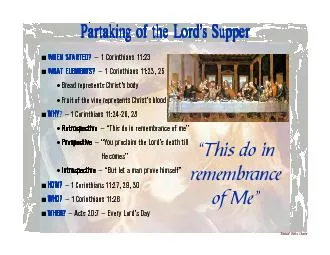
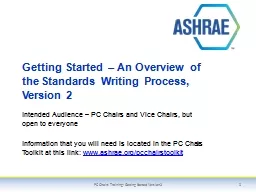
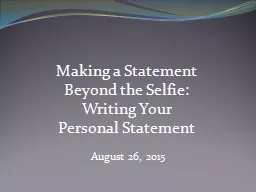
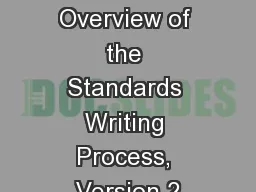
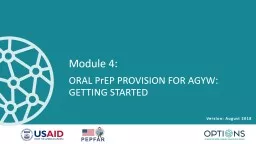
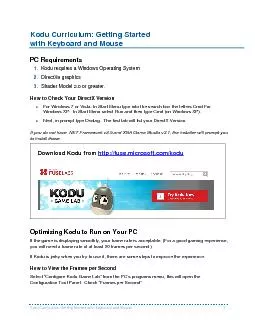
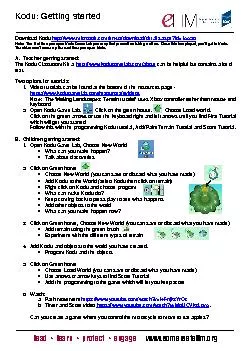
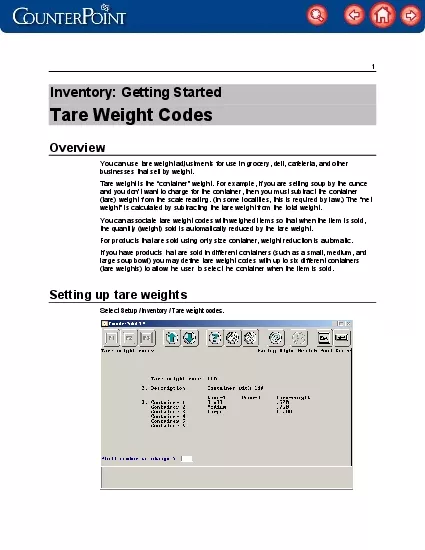
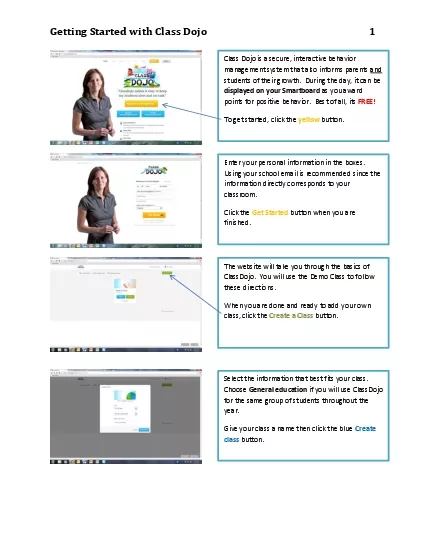
![[READING BOOK]-Getting Started With the SAS System: Version 8 (Getting Started Series](https://thumbs.docslides.com/980109/reading-book-getting-started-with-the-sas-system-version-8-getting-started-series-cary-n-c.jpg)